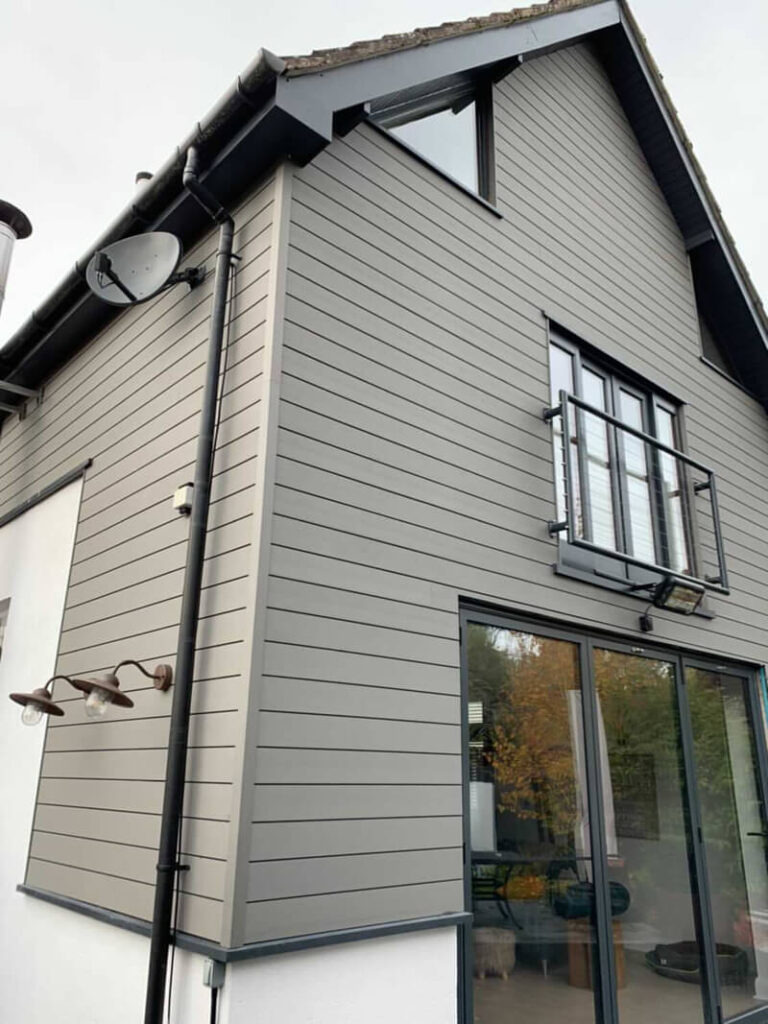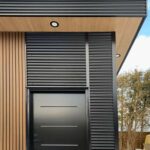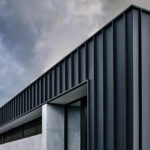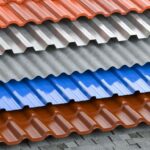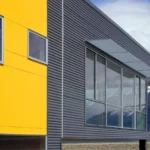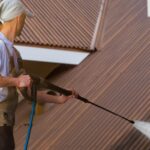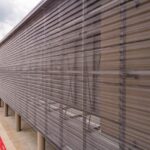As construction practices evolve, so does the landscape of cladding options and associated costs. The decision to clad a building involves a meticulous evaluation of several variables that influence the final price tag. This blog delves into the intricate web of cladding cost factors in 2023, offering insights that empower builders, architects, and property owners to make informed decisions that align with both budget constraints and design aspirations.
1. Cladding Material Selection:
The choice of cladding material remains a primary determinant of overall costs. Materials like natural stone, metal, or composite panels vary significantly in price due to factors such as availability, sourcing, and manufacturing processes. While more affordable options may suit some budgets, premium materials might better align with specific design visions.
2. Quality and Branding:
Within each cladding material category, varying levels of quality and branding exist. Premium brands often command higher prices due to superior finishes, extended warranties, and enhanced performance. Assessing the desired level of quality against the allocated budget is essential in making an informed decision.
3. Installation Complexity:
The intricacy of cladding installation directly impacts costs. Complex designs, irregular building shapes, and hard-to-reach areas require more time and specialized labor, contributing to higher installation expenses. Simpler installation methods may be more budget-friendly.
4. Labor and Expertise:
Skilled labor is a significant cost factor in cladding projects. A skilled workforce with experience in handling specific cladding materials is essential for a successful installation. Labor costs can vary based on location, demand, and expertise required.
5. Building Height and Design for Cladding Cost:
Taller buildings often demand specialized equipment and safety measures, adding to the overall costs. Complex architectural designs with intricate detailing or unique shapes may also lead to higher labor and material expenses.
6. Additional Elements:
Consider additional elements that complement the cladding, such as insulation, vapor barriers, and substructure materials. These components contribute to the overall cost and affect the performance and energy efficiency of the cladding system.
7. Maintenance and Longevity:
While initial cladding costs are a crucial consideration, factoring in maintenance expenses and the cladding’s lifespan is equally important. Premium materials might entail lower maintenance costs and a longer life cycle, providing better value over time.
8. Local Regulations and Codes:
Building codes, permits, and local regulations impact the overall cost of cladding projects. Compliance with these requirements might involve additional expenses for testing, certifications, and permits.
9. Economic Factors:
Global economic conditions, material shortages, and supply chain disruptions can influence cladding costs. Staying updated on market trends and adjusting expectations accordingly is vital.
10. Lifecycle Costs vs. Initial Costs:
When evaluating cladding costs, it’s essential to consider the entire lifecycle. While initial costs are significant, accounting for long-term maintenance, energy efficiency, and potential replacements can provide a more accurate financial perspective.
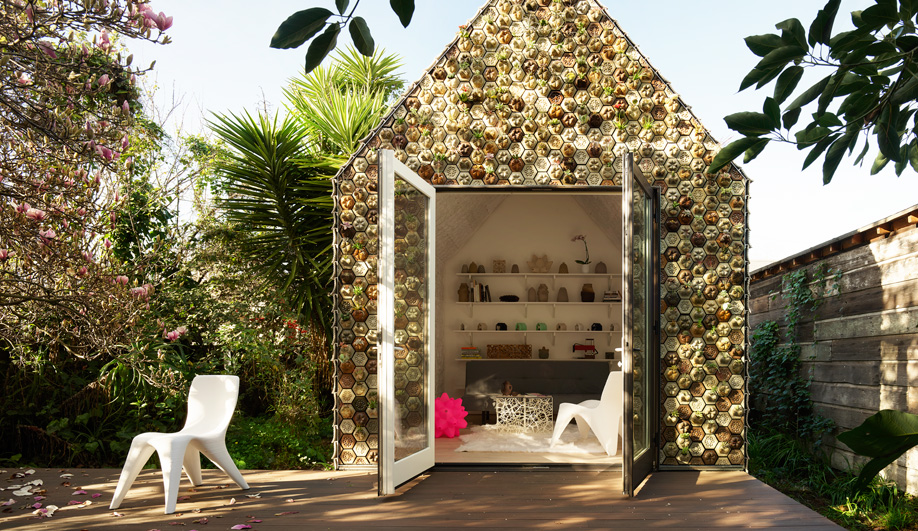
How much is cladding per square metre?
Typical Cladding cost range from R300 to R2000 per square metre making it an affordable option for adding that IT factor to your home. Local Pros partners offer a comprehensive range of cladding services, from installation to upkeep, ensuring your property not only looks its best but also stands up to harsh weather.
Is cladding cheaper?
There are a variety of types of cladding materials, for example, wood, brick or metal. Cladding can be cheaper than brick and is easier to use in the construction process.
How do you calculate wall cladding?
For straightforward square and rectangular areas like walls and ceilings, simply measure the length and height (walls and panels) or width and length (Ceilings) and multiply the two dimensions together. For example a wall that is 6m long and 3m high would require 18 square metres of cladding board (6 x 3).
Conclusion:
In the intricate realm of cladding cost factors, a well-informed approach is key. The interplay of material choices, installation complexity, labor expertise, and the influence of external factors shapes the overall expense of cladding projects. Balancing design aspirations with budget realities is a delicate dance that requires a comprehensive understanding of the evolving construction landscape. As buildings clad in 2023 continue to redefine architectural boundaries, a calculated approach to cladding costs ensures a harmonious fusion of aesthetics, functionality, and financial prudence.

